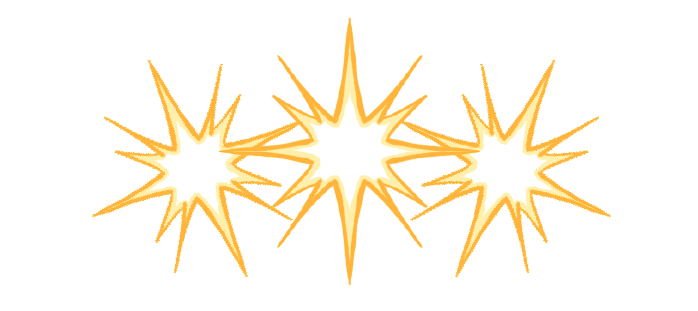Nuclear Fusion
This lesson covers:
- What 'nuclear fusion' is
- Why we can't use nuclear fusion to generate electricity
- The differences between nuclear fusion and nuclear fission
splitting / fusing / heavier / lighter / energy / electrons
Nuclear fusion is the of two nuclei to make a single nucleus. When this occurs, a lot of is emitted in the form of electromagnetic radiation.
|

Nuclear fusion releases massive amounts of energy.
Where does this energy come from?
Some of the mass converts to energy
Violent chemical reactions
Electrostatic potential energy
|

hydrogen / helium / energy / fission / fusion
Nuclear occurs in stars, and is the reason why stars give off so much .
Most of the fusion occurring in stars is nuclei fusing to become nuclei.
|
Why does fusion only happen at very high temperatures and pressures?
To increase the speed of the reaction
Because it happens in stars
To overcome the repulsion of the positively charged nuclei
|
Are the following statements describing nuclear 'fission' or nuclear 'fusion'?
fission / fusion
Two small light nuclei fusing to become a single heavier nuclei:
A single large nuclei splitting to become two smaller nuclei:
Will produce radioactive waste:
Only happens at very high temperatures and pressures:
|